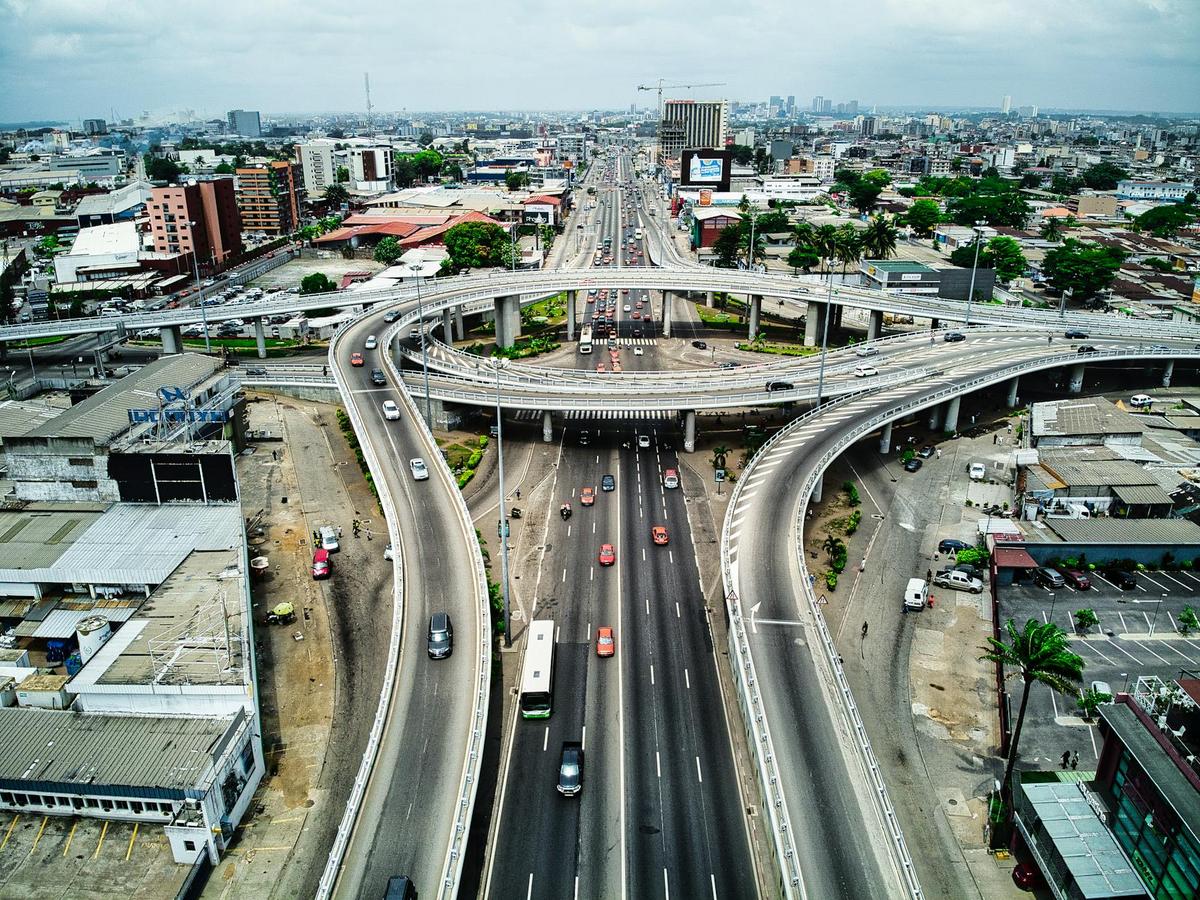
Regulations and Policies Shaping the Future of Autonomous Driving
As autonomous driving technology accelerates towards mainstream adoption, understanding the regulations and policies shaping its future becomes paramount for stakeholders and enthusiasts alike.
The evolution of autonomous vehicles (AVs) is not just a technological journey but also a legal and regulatory one. While technology pioneers are pushing boundaries, lawmakers and regulators are working diligently to keep pace, ensuring safety and fostering innovation. This dynamic landscape of regulations and policies will significantly influence how quickly and effectively autonomous driving becomes a reality.
The Current Regulatory Landscape
Autonomous driving regulations vary widely across different regions, impacting the speed and manner in which these vehicles are developed and deployed. In the United States, the National Highway Traffic Safety Administration (NHTSA) plays a crucial role, offering guidelines rather than rigid rules to encourage innovation. Meanwhile, the European Union has taken a more unified approach by establishing the European New Car Assessment Programme (Euro NCAP), which includes specific requirements for autonomous features.
Expert Opinions
According to Dr. Mark Rosekind, a former NHTSA administrator, “Regulations must evolve to match the pace of technology, ensuring both innovation and safety are prioritized.”
Statistics and Research Findings
A study by the Insurance Institute for Highway Safety (IIHS) has highlighted that 94% of serious crashes are due to human error, suggesting that autonomous vehicles could drastically reduce these numbers. However, the transition requires robust regulatory frameworks to address ethical and safety concerns.
Real-World Examples
Consider the case of Waymo’s trials in Arizona, where the state government has created a welcoming environment for AV testing. This has positioned Arizona as a leader in autonomous vehicle deployment, offering valuable insights into the benefits of supportive regulations.
Actionable Tips for Stakeholders
- Stay informed about evolving regulations in your region.
- Engage with policymakers to advocate for balanced regulations that encourage innovation while ensuring safety.
- Participate in industry forums and discussions to stay ahead of regulatory changes.
Comparison of Global Regulations
| Region | Regulatory Body | Approach | Key Focus |
|---|---|---|---|
| United States | NHTSA | Guideline-based | Innovation |
| European Union | Euro NCAP | Unified | Safety |
| China | Ministry of Industry and Information Technology | Hybrid | Development |
| Japan | Ministry of Land, Infrastructure, Transport and Tourism | Collaborative | Safety and Development |
| South Korea | Korean Transport Safety Authority | Proactive | Innovation and Safety |
| Australia | National Transport Commission | Incremental | Safety |
| India | Ministry of Road Transport and Highways | Emerging | Infrastructure |
| Canada | Transport Canada | Collaborative | Innovation and Safety |
Frequently Asked Questions
What are the main challenges in regulating autonomous vehicles?
The main challenges include ensuring safety, addressing ethical considerations, and creating adaptable frameworks that can keep pace with rapid technological advancements.
How do regulations impact the development of autonomous vehicles?
Regulations can either accelerate development by providing clear guidelines and support or hinder progress if they are too restrictive or not aligned with technological advancements.
Conclusion
The future of autonomous driving hinges not only on technological breakthroughs but also on the frameworks that govern them. As regulations and policies continue to evolve, staying informed and engaged with stakeholders will be crucial for anyone invested in the future of transportation. By understanding and participating in the regulatory process, we can help shape a future where autonomous vehicles enhance safety and redefine mobility.


